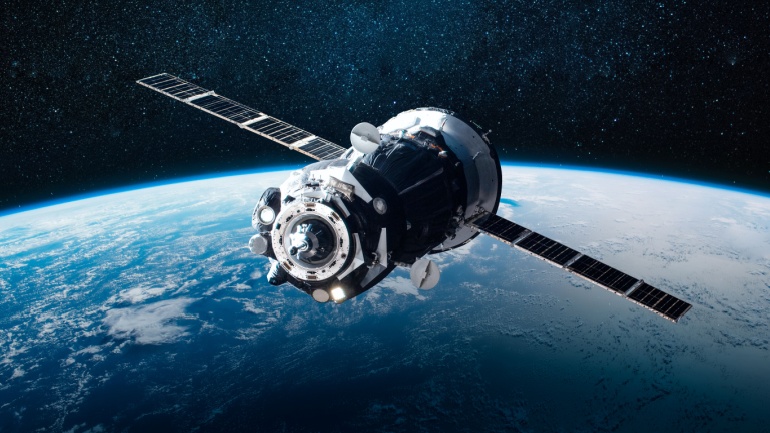The modern telecommunications landscape is ever-evolving, with mobile services providers persistently innovating and experimenting to optimize connectivity. One noticeable trend in these advancements is the utilization of Starlink’s network of Low Earth Orbit (LEO) satellites for backhaul services. This innovative approach is being adopted by the mobile provider VMO2, which aims to use a constellation of over 5,000 LEO satellites for backhaul communication needs across the UK.
Historically, mobile service infrastructure has leaned heavily on fibre optic cables or wireless point-to-point connections for backhaul. This means transmitting data between the cell towers and the network core. However, such traditional means are hardly effective, especially in remote and rugged landscapes like the Scottish Highlands where the cost of deployment is prohibitively high due to geographical challenges.
Through the adoption of Starlink’s network of LEO satellites, VMO2 can bypass these hurdles, establishing reliable backhaul connections to remote masts without necessitating expensive terrestrial network infrastructure. The company readily asserts that its tests of the technology in the Scottish Highlands have been successful.
This initiative is a joint effort with Telefónica Global Solutions, an official Starlink reseller. Jeanie York, Chief Technology Officer at VMO2, underlines the project’s significance: “By constantly finding new ways to deliver for our customers, we are bringing reliable mobile coverage to rural communities faster and helping to close the UK’s digital divide,”.
Moreover, VMO2 anticipates that this Starlink partnership will serve as a catalyst in advancing its Shared Rural Network (SRN) rollout, facilitating the deployment of new cell sites in remote regions. The SRN aims to bring 4G coverage to 95% of the UK population by 2025, a formidable £1 billion scheme funded partly by £532 million from mobile operators (EE, Three, Vodafone, and Virgin Media O2) and £500 million from the government.
Earlier this year, EE rose to prominence as the first mobile network operator (MNO) in the UK to complete the SRN’s initial phase. This requires operators to eliminate ‘partial not-spots,’ defined as areas receiving coverage from at least one operator but not all.
VMO2 further unveils its exploration of additional satellite connectivity avenues that could benefit customers, such as improved connectivity at events and emergency services coverage. This demonstrates the enormity of potential satellite connectivity holds within the telecommunications industry, enabling robust and reliable communication services in the most remotes corners of our world.
In this hyper-connected era, deploying such groundbreaking innovations is crucial for bridging the digital divide and ensuring that individuals living in all corners of the country are well-included in the modern digital society. Satellite technology, in particular, holds immense promise in this regard, providing a viable solution to connectivity in remote, hard-to-reach areas.







